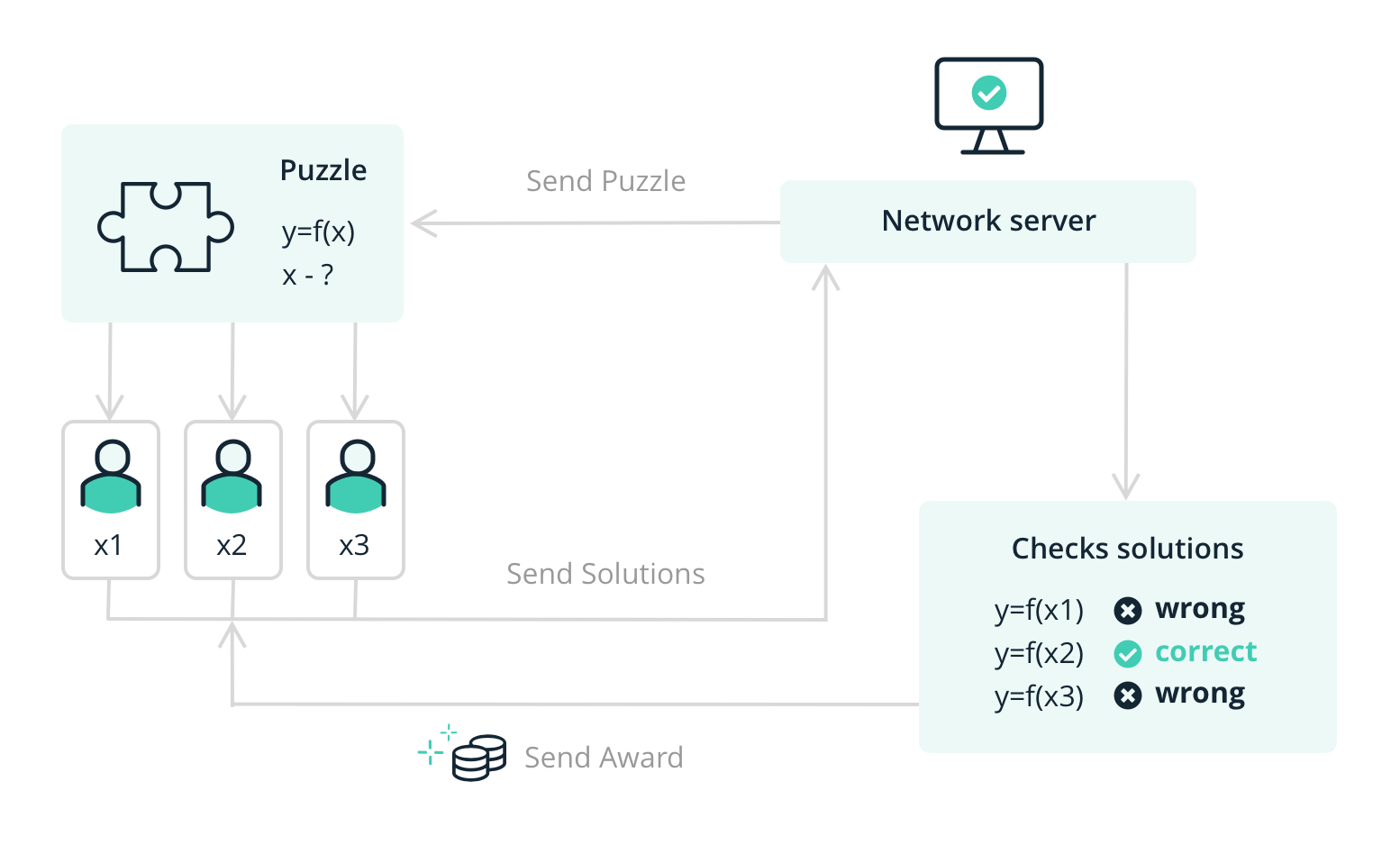
Innlegget leses best på den opprinnelige studentbloggen
With the rapid growth of bitcoin and investment online, security is a natural concern for people using these markets. Hackers and scammers have been stealing money over the internet for years. With the invention of the cryptocurrency such as Bitcoin, a new and more secure way of sharing and investing online became a reality, by using blockchain to keep transactions and data safe.
(Source 26.01.2020)
What is Blockchain?
The word itself can be split into “block” and “chain”. The blocks are digital information, and the chain is a public database. For a block to exist, there needs to be a transaction, when the transaction is made the data is stored in the block.
Depending on the size of the transaction, each block can hold over a thousand transactions. Valuable information about the transaction can be found in the block. Date, time, amount and company/website name are examples of some of the data stored.
Your name will also be registered in the block after a transaction, but this will be with a unique digital signature instead of your real name. In order to distinguish blocks, they are given an identifying code known as a “hash”. Once the block has been hashed, it can be added to the blockchain. When a block becomes part of the blockchain, the information within that block becomes available to the public and anyone can view the block, and the transactions within. As mentioned earlier, the transaction is only signed with a digital username, not your personal information.
Above is a simple illustration of “proof of work” with 3 people/computers trying to solve a math problem (mining) (Source 26.01.2020)
“Proof of Work”
Bitcoin uses an algorithm that requires the computer to solve highly complex math problems to “prove” that they have done “work” in order to add a block to the chain. The odds of the computer solving these problems are incredibly low. Bitcoin miners therefor use powerful computer equipment and expensive hardware to “mine” these problems to solve as many as possible in order to give “proof of work”.
Why use a system like this? A “proof of work” system makes attacks by hackers mostly useless. A hacker has to solve these same problems just like anyone else, which means coordinating a big and effective enough attack is nearly is not worth it for the hacker. This might seem very complicated, but the basic principle of “proof of work” is to make it very difficult for someone to tamper with a block, or a blockchain in general.
Why use blockchain?
Using a secure system, that records transactions and offers the information gathered to the public, allows full insight and a clear picture through a safe algorithmic window. No paper, human error, greed or corruption can tamper with the transactions that are about to be made, or have been made in the past. The fear of technology taking over is usually based on the lack of safety and the possibility of being hacked, but with blockchain, safety is the core feature and one of the primary reasons it was invented in the first place.
Another classic argument to be made is that things that are done via the internet and not on paper has positive effect on the environment, and makes transactions easier and more convenient.


